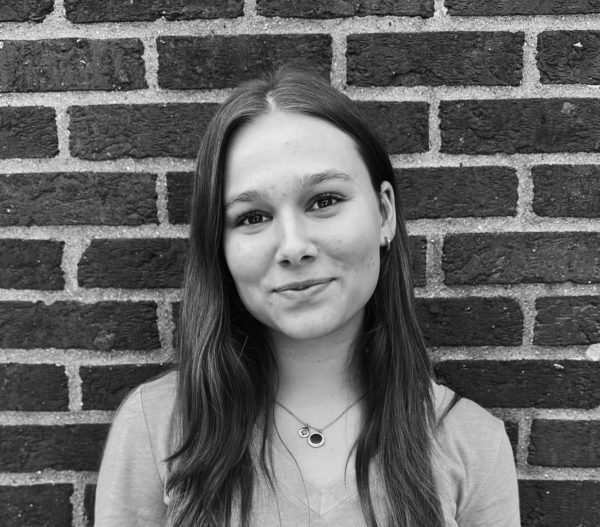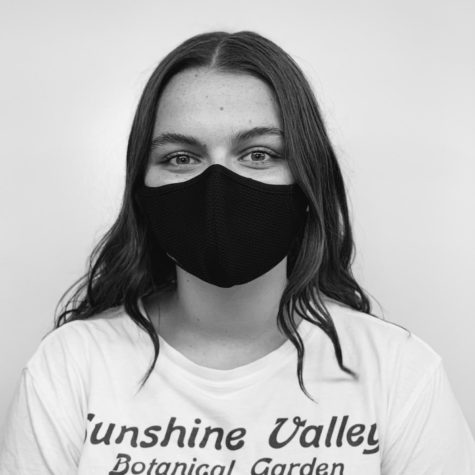The year 2020 was expected to be full of extravagance and fun, similar to the “roaring twenties” 100 years before. Yet, three months after January 1st, we were trading in party dresses for masks, locked in our homes and away from friends. The 1920s held an economic boom and prosperity, full of flapper dresses, prohibition, jazz music, and writers like F. Scott Fitzgerald. Yet this could not be farther from the reality we are facing in early 2021. But, there are more similarities between the two centuries than one might expect.
In the 1920s, writers like Fitzgerald depicted what many of us assume to be the truth behind the gilded age. However, English teacher Patrick Barry had some thoughtful insights: “It’s not inaccurate but maybe it’s incomplete. I’m sure some of the ways in which the Roaring 20’s are depicted on the page or on film bear some resemblance to life, but also leave out plenty of people’s lived experiences.” Despite the differences between the extravagance and an ordinary family’s take on the 1920s, the country overall had a lot in common with 2020, including a rising stock market, heightened political tensions, a pandemic, and the ready for social interaction. The 1918 pandemic, commonly known as the “Spanish flu,” killed an estimated 50 million people worldwide and shares many similarities to COVID-19. Overall, the aftermath of the pandemic and World War I was a rush to become social once more. Similarities between pre-1920s life now prompt a question that goes unanswered, what will our world look like post-pandemic? Although there is no definitive answer, post-pandemic life might look similar to the Roaring 20s based on countless parallels a century apart. Yet, it is also important to keep in mind that ultimately the 1920s did lead to an economic recession, and given the current pandemic, millions are without jobs. Post-pandemic life might not all be glitz and glam as it was depicted in Great Gatsby despite people’s urge to go out and party after being quarantined for so long. In Barry’s concluding thoughts, he states, “My hope is that if people are able to look beyond themselves to their neighbors, their friends, their families and put the health of the collective whole first I think there is a way out of the pandemic that leads to…something more closely resembling a united nation.”
The 1920s, although full of elegance and glamour, also had hardships and inequalities, many we are facing in 2021. Therefore, our shared readiness to become social once more might have to wait until the end of the pandemic. Ultimately, the end of the pandemic will likely bring about a response similar to Gatsby’s version of the 1920s full of fun and decadence if we can come together and work to repair the brokenness of our nation.
“Similarities between pre-1920s life now prompt a question that goes unanswered, what will our world look like post-pandemic?”






